Initial positive results
The framework agreement reached during this dialogue is considered the foundation for implementing the commitments agreed upon by the two countries' leaders during the phone call on June 5 and the previous meeting in Geneva. The breakthrough lies in the fact that the two sides have agreed on an implementation framework.
One of the highlights of the talks was a consensus on rare earth metals and magnets - a major sticking point in bilateral trade relations.
China, which controls much of the global supply of rare earths, has agreed to review export restrictions that have been a major concern for the United States amid rising demand for the materials for the technology and clean energy industries. Resolving the issue would not only ease trade tensions but also open the door to deeper cooperation in high-tech sectors.
On JapanTimes , US Secretary of Commerce Howard Lutnick expressed optimism about the progress of the negotiations. He stated: “We are completing this trade agreement. The discussions are very positive, everyone is focused and working closely.”
That assessment was reinforced by US Trade Representative Jamieson Greer, who stressed that Washington was pushing the process forward proactively and constructively.

China also expressed a positive attitude. International Trade Representative Li Chenggang assessed the dialogue as “professional, rational and frank”, and expressed hope for increased trust between the two sides.
However, this framework agreement is still preliminary and needs to be ratified by the leaders of the two countries.
Nevertheless, the consensus reached in London has created a positive signal, easing concerns about the risk of escalating trade tensions. These results show that both the US and China are aware of the importance of maintaining a stable trade relationship, especially in the context of the global economy facing many uncertainties.
US stocks break out, gold prices still increase
Expectations of a positive resolution from the US-China negotiations have had an immediate and strong impact on global financial and commodity markets.
In the US, the stock market continued to grow, with the S&P 500 and Nasdaq Composite indexes recording their third consecutive increase on June 10 (early morning of June 11, Vietnam time).
Specifically, the S&P 500 increased 0.55% to 6,038.81 points, while the Nasdaq Composite advanced 0.63% to 19,714.99 points. The Dow Jones also recorded a modest increase of 0.25%, reaching 42,866.87 points.
Investor optimism was fueled by hopes that the two countries will soon reach a deal to reduce tariffs, thereby easing pressure on global supply chains and boosting economic growth.
The US dollar also showed signs of a slight recovery, with the DXY index back above 99. However, this level is still significantly lower than the peak of more than 110 points at the beginning of the year, reflecting investor caution in the face of remaining uncertainties.
Meanwhile, the spot gold price in the international market continued to increase, reaching 3,334 USD/ounce on the morning of June 11 (Vietnam time), up more than 10 USD compared to the previous session. The increase in gold was supported by concerns about economic instability and geopolitical tensions, especially when protests in the US are increasing anxiety.
Wells Fargo predicts gold prices could hit $3,600 an ounce by 2026, suggesting the long-term outlook remains positive for the precious metal.
In contrast to the upward trend of gold, WTI crude oil prices fell nearly 0.5% to $64.7/barrel on the morning of June 11 due to profit-taking after several days of strong increases thanks to expectations for US-China negotiations.
The cryptocurrency market, meanwhile, continues to attract strong cash flows. Bitcoin prices are approaching their previous peak of $110,000 per BTC, reflecting the trend of seeking safe haven assets amid the instability in the US.
Although preliminary results from US-China negotiations have shown positive signs, global financial and commodity markets still face many uncertainties.
The formal approval of the framework agreement by the two countries’ leaders is a key factor in determining short-term market trends. If the agreement is approved, US and global equity markets could continue to rally, buoyed by the prospect of lower tariffs and improved supply chains. The US dollar could also strengthen, although the pace of recovery could be limited by geopolitical factors.
On the commodity front, gold prices are expected to maintain their upward trend in the medium to long term, as concerns over inflation and economic uncertainty persist. Oil prices, after the current profit-taking, could stabilize if global demand picks up on the back of favorable trade policies.
However, any delay in ratifying the deal or an increase in geopolitical tensions could cause more market volatility.

Source: https://vietnamnet.vn/my-trung-quoc-dot-pha-dam-phan-thuong-mai-gia-vang-van-tang-cho-mot-cu-chot-2410294.html




































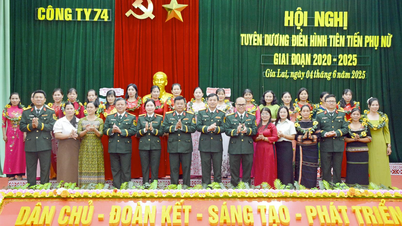









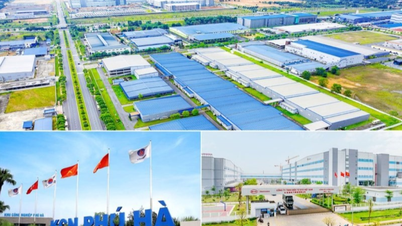





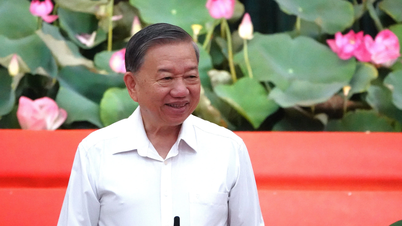

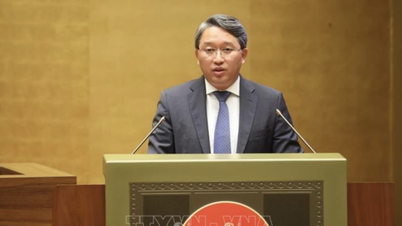




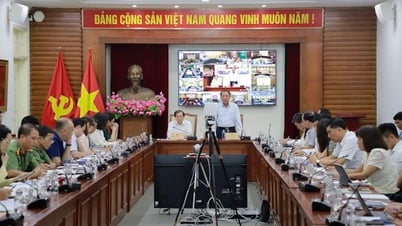









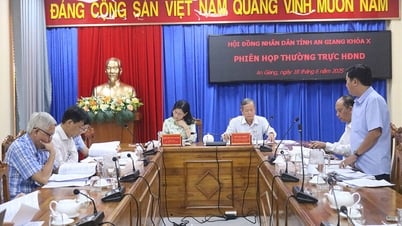

















Comment (0)